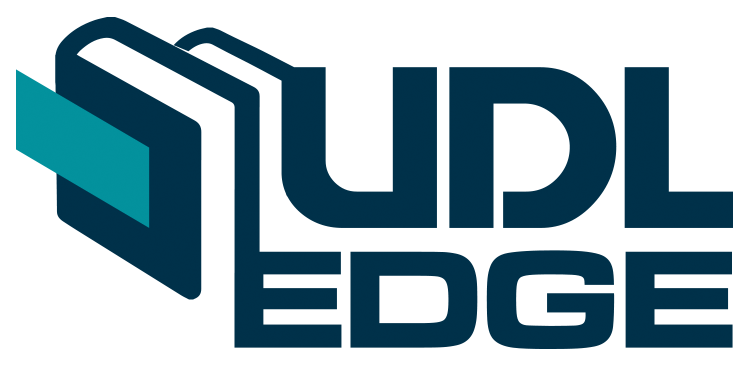A comparative study of Chinese language curricula for lower secondary education in China and Malaysia
Keywords:
Curriculum, Dokumen Standard Kurikulum dan Pentaksiran (DSKP), Comparative Study, Curriculum in China, Chinese language curriculaAbstract
The research aimed to study and compare the educational philosophies, frameworks and structures required according to the Chinese curricula for lower secondary education in China and Malaysia. The study had been carried out by using the inferential content analysis approach with Smith's Curriculum Theory as the theoretical framework. The motivation behind this research is to provide recommendations or suggestions on the similarities and differences found in both the Chinese language curricula. This research was conducted to explore the Chinese language curricula for secondary education from Malaysia and China only. The curricula involved were the DSKP Chinese for Form 1, Form 2, and Form 3 students in Malaysia, as well as the Standard Chinese Language Curriculum of Compulsory Education (SCLCCE) (义务教育语文课程标准)for students from 7th to 9th grade in China.
References
Ibrahim, A. B. (2008). Malaysia, from traditional to smart schools: The Malaysian educational odyssey. Shah Alam, MY: Oxford Fajar.
Malaysia Ministry of Education. (2013). Malaysia Education Blueprint 2013 – 2015 (Preschool to post-secondary education). Retrieved from https://www.moe.gov.my/images/dasar-kpm/articlefile_file_003108.pdf
Kong, Y. K. (2011). A study of Chinese teaching and learning in lower secondary education in Malaysia (Master;s thesis). University Tunku Abdul Rahman, Kampar, Malaysia.
Tan, G. S. (2012). A study of values in lower form Malaysian national secondary school Chinese textbooks. (Doctoral dissertation). Central China Normal University, Wuhan, China.
Lee, A. C. (2016). The study of the localization of Malaysian National Secondary School Junior High’s Textbooks. (Master’s thesis). Nanjing University, Nanjing, China.
Chou, W. L. (2008). On Chinese language subject of secondary schools in Malaysia. New Era College Academic Journal, 5(2008), 79-96.
Fang, N., & Li, S. A. (2012). Chinese textbook used in public secondary schools in Malaysia: A study of junior high school Chinese textbooks. Yun Nan Shi Fan Da Xue Xue Bao: Dui wai han yu jiao xue yu yan jiu ban (Journal of Yun Nan Normal University: Studies of Mandarin as a second language), 10(5), 76 -81.
Wang, M. (2018). A comparative study of writing content in compositions Chinese textbooks for junior middle school students. (Master’s thesis). Changchun Normal University, Changchun, China.
Wang, N. (2015). A study of the selected teaching materials in People Education Press and Hebei junior high school Chinese textbook. (Master’s thesis). Hebei Normal University, Hebei, China.
Wang. H. Y. (2008). Da lu yu wen xin ke biao yu gang ao tai xiang guan ke chang wen jian de bi jiao yan jiu (A comparative studies on Chinese language curricula in between China Mainland, Hong Kong, Macau and Taiwan). (Master’s thesis). Xi Nan University, Chongqing, China.
Huang, M. & Bond, F. (2016). Comparison and contrast of Chinese curricula between China and Singapore: challenges and prospects. Asian-Pacific Journal of Second and Foreign Language Education, 1 – 17. doi:10.1186/s40862-016-0023-6
Li, D., Wu, S., Chen, Y., Wang, Y. & Peng, Z. (2022) A comparative study of twenty-first century competencies in high school mother tongue curriculum standards in China, the United States and Finland, Language, Culture and Curriculum, 1-19. DOI: 10.1080/07908318.2022.2072506
Wu Han Zhuang Yuan Jiao Yu. (2018, July 31). 2018 nian zhong xiao xue tong yi shi yong bu bian ban xin jiao cai (Primary and Secondary schools starts to use united syllabus in 2018). Sohu News. Retrieved from https://www.sohu.com/a/244406425_807989
Chen, L. (2018). Zhong guo da lu yu tai wan di qu xiao xue jie duan yu wen ke cheng biao zhun (gang yao (bi jiao yan jiu – ji yu 2011 nian ban yu wen ke cheng biao zhun (gang yao) de bi jiao. (A Comparative Study of Language Curriculum Standards (Outline) at Primary Level in Mainland China and Taiwan - Based on the 2011 Edition of Language Curriculum (Outline)). (Master’s thesis). Yangzhou University, Jiangsu, China
UNESCO International Bureau of Education. (2017). Prototype of a national curriculum framework: Training tools for curriculum development. Gevena, CH: IBE-UNESCO. Retrieved from https://unesdoc.unesco.org/ark:/48223/pf0000260045
Wraga, W. G. (2017). Understanding the Tyler rationale: Basic Principles of Curriculum and Instruction in historical context. Espacio, Tiempoy Educación, 4(2), 227-252.
Stabback, P. (2016). What makes a quality curriculum? Gevena, CH: IBE-UNESCO. Retrieved from https://unesdoc.unesco.org/ark:/48223/pf0000243975
Drisko, J., & Maschi, T. (2015). Content analysis. New York, NY: Oxford University Press.
Malaysia Ministry of Education. (2019). Pentaksiran Bilik Darjah (PBD). Retrieved from https://www.moe.gov.my/en/soalan-lazim-menu/kurikulum/kurikulum
Bahagian Pembangunan Kurikulum. (2021). Kurikulum Standard Sekolah Rendah (KSSR) Semakan 2017. Retrieved from http://bpk.moe.gov.my/index.php/terbitan-bpk/kurikulum-sekolah-rendah/category/9-kssr-semakan-2017
Ministry of Education of the People's Republic of China. (2022). Yi wu jiao yu yu wen ke cheng biao zhun (Standard Chinese language curriculum of compulsory education (2022 edition). Beijing, China: Beijing Normal University Publishing Group.
Published
 Abstract Display: 268
Abstract Display: 268  PDF Downloads: 194
PDF Downloads: 194 













 This work is licensed under a
This work is licensed under a